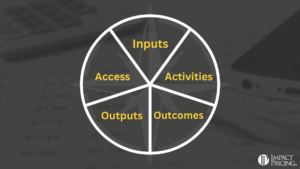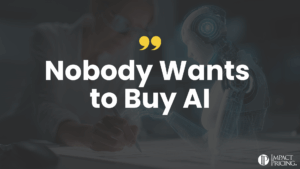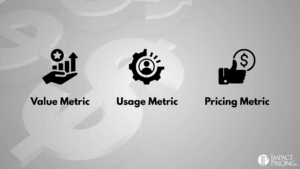If you’ve ever taken a macro-economics course, you know that price is where the supply curve intersects with the demand curve … in theory. For some reason, every time I think of supply and demand, I also think of the Doritos commercial where Jay Leno says, “Crunch all you want, we’ll make more.” Was he saying they weren’t limited by supply? If supply equals demand, why would Doritos ever make more?
The macroeconomist’s view makes a lot of sense when the product is a commodity and we are looking at market supply, not an individual company. In the case of a commodity, buyers only buy on price, so all prices are driven down to the lowest acceptable price, which is barely above costs.
Jay Leno’s statement makes sense because of differentiation. If all chips are identical except Doritos, then the company would charge a higher price for Doritos because some people are willing to pay more for Doritos than other chips. Since Doritos are unique, there is no equivalent competition driving their supply down to cost.
Now the question becomes, how much more should they charge? In this case, instead of supply driving costs, price is driving demand. If the company could determine a demand curve, meaning they know how many units they will sell at each price, they could calculate the profit-maximizing price.
Now let’s add a competitor in the world of game theory and implicit collusion. Imagine there is a single identical competitor to Doritos, meaning buyers only choose between them based on price. We could imagine they would each try to undercut the other on price until they reach their marginal costs. But, knowing that inevitable horrible outcome, neither undercuts the other. They both hold prices high and split the market at a higher price. This equilibrium price is more challenging to calculate, but the point – once again – supply and demand do not drive optimal pricing.
What should drive optimal pricing? That’s easy: value! What do your buyers value? How much are your buyers willing to pay for that value? Value is a huge topic, but it’s the only thing that should matter to setting your prices. It’s worth learning about.















